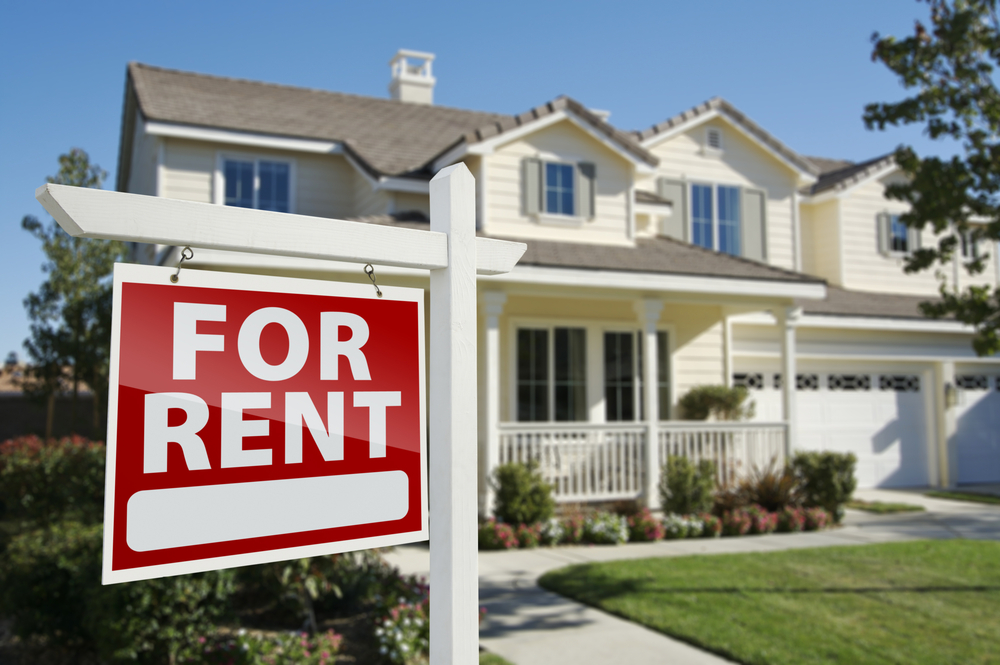
After preparing your property for tenancy, the pivotal decision you face is determining the optimal rental rate. Striking the right balance is critical: charge too little, and you risk underutilizing your potential earnings. If the price is too high, and you might see your property sitting vacant, leading to a loss of potential income.
This comprehensive guide will walk you through multiple strategies to help you set the most fitting rental rate for your property, while also highlighting the importance of understanding the rental market, local laws, operating expenses, tenant relationships, and effective rent collection methods.
The initial step in setting the perfect rental rate is to comprehend the local rental market, especially for properties similar to yours. Keep in mind, each real estate market is unique, with rental prices greatly influenced by location, property type, and local laws.
Some states, such as California, Maryland, New Jersey, New York, Washington, D.C., and Oregon, have rent control laws in place. These laws can limit the amount you can charge for rent and the extent to which rent can increase each year. It is, therefore, critical to be aware of and comply with all local and state regulations.
In addition, you should thoroughly analyze your competitors in the local market. Consider how your property compares to other listings in terms of size, amenities, the appeal of the neighborhood, and the demographic it attracts. Research shows that approximately 85% of renters consider it essential to find a home within their initial budget. If your rental rate is too high, you risk prolonged vacancies, but if it's too low, you may fail to realize the full potential of your investment.
Technology can greatly aid in determining a suitable rental rate. Tools like Zillow's Rent Zestimate provide estimates of a property's monthly rental price, calculated using a unique formula. Such tools are a starting point and can provide valuable market insights. However, rental rates are dynamic and should be responsive to local market conditions and competition.
You should also keep a pulse on local market trends and adjust your rates accordingly, whether during a lease renewal or when seeking new tenants. It’s vital to stay informed about fluctuations in the local rental market to maximize your income and minimize vacancies.
Another key aspect of setting a rental rate is factoring in your operational costs. Ensure that the rent you set is sufficient to cover expenditures such as mortgage payments, insurance, taxes, property maintenance, and utilities.
One rule of thumb is to allocate approximately 50% of your rental income towards maintenance and repairs, which typically can cost around 1% of the property's value annually. Make sure you also budget for utilities if they are included in the rent.
In certain situations, offering a slight discount on rent could secure a reliable tenant. For instance, a tenant with an excellent credit score or one ready to sign a long-term lease may be worth offering a small rent reduction. This strategy is particularly relevant given the financial impact of COVID-19 on many renters.
Such a strategy can be beneficial in the long run, as securing a reliable tenant can provide consistent income and minimize the costs associated with tenant turnover.
After setting the rental rate, the next step is to decide on the most effective methods to collect rent. As the world continues to digitize, many renters now prefer online payments; however, only 36% of landlords currently offer this option. It's worth considering various payment methods, including direct deposits, online payments, or even rent collection apps such as PayPal or Venmo.
Late rent payments can also be handled effectively. Many landlords impose a late fee—either a flat fee or a daily charge—typically after a grace period, usually three days after the rent due date. However, maintaining flexibility where possible is essential to foster a healthy landlord-tenant relationship.
As a landlord, your goal is to find a balance between maximizing your income and ensuring your property is consistently occupied by reliable tenants. This requires understanding and adhering to local rental market trends and laws, effectively calculating and covering your operating costs, maintaining a degree of flexibility with tenants, and utilizing efficient rent collection methods.
Click here to read Chapter 3 of our Landlord 101 Guide, where we will cover how to market your rental property.
Find out about our services and fees from one of our experienced agents. We provide management & brokerage services for community associations, residential properties, and commercial properties.

Learn how to rent out your house with expert tips on preparation, pricing, marketing, tenant screening, and management for new landlords.

Learn how to handle frozen pipes in rental properties, prevent damage, and when to call a plumber or property manager for fast, effective solutions.
We're proud to make partnering with us easy. Contact our team to connect with one of our industry experts and get started today.